Our Location
Sector 14, Dwarka, New Delhi
Enhanced comprehensive genomic profiling (CGP) of clinically relevant biomarkers regardless of tumor origin at your fingertips
Consolidate CGP testing into one streamlined NGS workflow, from sample to data analysis
1 Ciriello G., Miller ML., Askoy BA., Senbabaoglu Y., Schultz N., Sander C. “Emerging landscape of oncogenic signatures across human cancers.” Nature genetics (2013): 1127-1133. 2 The ICGC/TCGA PanCancer Analysis of Whole Genomes Consortium. “Pan-cancer analysis of whole genomes.” Nature (2020): 82-93.


Key quality indicator |
GALEAS Tumor |
|
| Number of Genes | 519 | |
| Capture Panel size (Mb) | 3.74Mb | |
| Gb required for mean 500x coverage |
5Gb | |
| Percentage coverage ≥250x | 98% | |
| Percentage on or near bait | 71% | |
| Percent duplication | 9% | |
| SNV recall | 100% | |
| INDEL Recall | 100% | |
3 https://doi.org/10.1002/ijc.32002 Endris V, Buchhalter I, Allgäuer M et al. Measurement of tumor mutational burden (TMB) in routine molecular diagnostics: In-silico and real-life analysis of three larger gene panels. Int J Cancer 2019; 144: 2303– 2312.
4 https://www.annalsofoncology.org/article/S0923-7534(19)31240-2/fulltext

Enhanced, current and clinically relevant content
Reliably and robustly detect CNVs
Supported by GALEAS Analysis Software
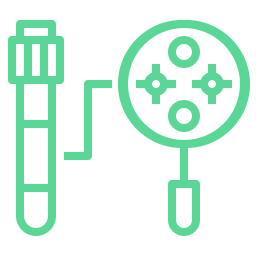
gDNA samples
Wide range of sample types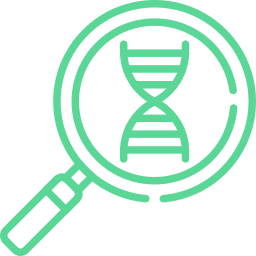
Prepare samples
BeadXtract DNA extraction kits
Prepare libraries and enrich
GALEAS HereditaryPlus
Sequence
Illumina NGS Sequencing System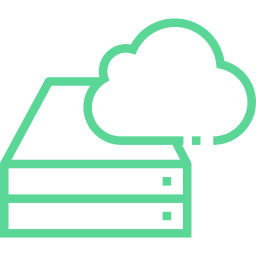
Call variants
GALEAS Analysis software
Interpret and report
Secondary software for interpretation and reportingGALEAS HereditaryPlus eliminates the need for time-consuming and costly supplementary tests providing laboratories with a consolidated and efficient testing workflow for hereditary cancer.
Cloud-based GALEAS Analysis software delivers a comprehensive variant calling pipeline.Features of GALEAS HereditaryPlus:
Avoid unnecessary ancillary testing like MLPA or Sanger sequencing
Confidently call all variants including MSH2 c.942+3A>T variant a wide range of CNVs in genes such as APC, MHS2, BRCA1 and PMS2 with one NGS based workflow.
Validate and run a single workflow for all hereditary cancers.
Consolidate workflows for all hereditary cancers including breast, prostate, Lynch syndrome and Wilms tumor, reducing operational time and cost.
Streamline bioinformatics with GALEAS Analysis Software
Optimized for the GALEAS HereditaryPlus panel, our cloud-based bioinformatics pipelines deliver the accurate variant calling critical for reliable downstream interpretation.
Key quality indicator |
GALEAS HereditaryPlus |
Company I |
| Number of Genes | 146 | 113 |
| Capture Panel size (kb) | 809 | 403 |
| MB required for mean 100x coverage | 130 MB | 116.6 MB |
| Percentage coverage >30x | 99% | 96% |
| Percentage on bait | 71.2% | 37.0% |
| Percentage on or near bait | 81% | 61.51% |
| Percent duplication | 2.0% | 8.99% |
| SNV recall | 99.7% | 98.1% |
| Indel Recall | 100% | 97.2% |

gDNA samples
Wide range of sample types
Prepare samples
BeadXtract DNA extraction kits
Prepare libraries and enrich
GALEAS HereditaryPlus
Sequence
Illumina NGS Sequencing System
Call variants
GALEAS Analysis software
Interpret and report
Secondary software for interpretation and reporting
Parameters |
Specification |
| Enrichment method | Hybridization and capture |
| Number of genes | 146 |
| Capture Panel size | 809 kb |
| Sequencing platform | Illumina |
| Targets | Genes associated with hereditary cancer |
| Variant types | SNVs, CNVs and INDELs |
| Input DNA requirements* | 10ng-200ng |
| Sample type | gDNA from blood or saliva |
| Multiplexing guidance for sequencing | 500K reads per sample required to achieve 100x. This equates to 0.15Gb per sample |
Product Description |
Pack Size |
Catalogue Number |
| GALEAS HereditaryPlus | 16 samples | NGS_GAL_HCP_FR_16 |
| (with enzymatic fragmentation for gDNA) | 96 samples | NGS_GAL_HCP_FR_96_A/B/C/D* |
For any queries or detailed requirements, get in touch with our team of experts at Shiva Scientific.



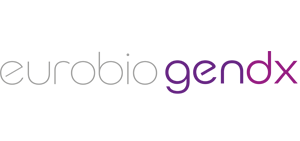

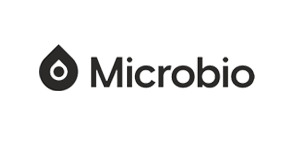


Shiva Scientific
Copyright © 2024. All rights reserved.